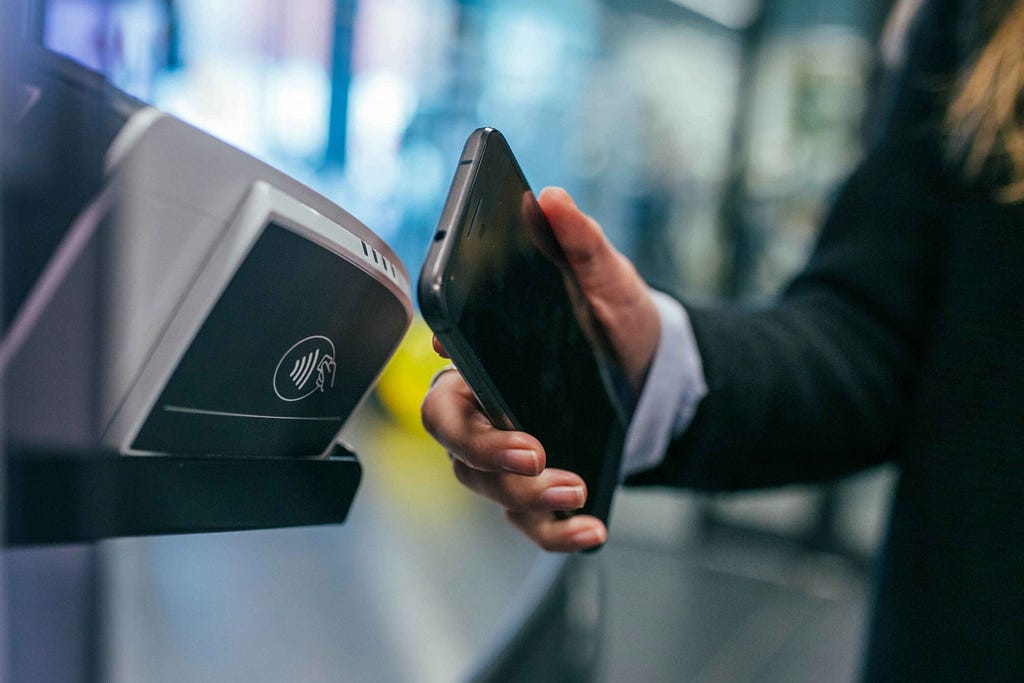04/12/2018

Digital technologies and challenging new generation customer demands are transforming today’s business landscape. Especially the Millenials that brands have a love-hate relationship with; put brands under a considerable amount of pressure for innovations. Well, who can blame organisations when millennials are one of the most important groups of buyers — already the largest demographic in the US– today. It requires an unusual way of thinking for organisations to catch this tech-savvy demographic’s attention and design services/products that will enhance or build their brand loyalty, support their habits and user experience.
Say Goodbye to Traditional Thinking
Companies should closely watch these trends in order to create business value for the future. In this day and age, it is no longer a strategic decision to become digital at the core, but a necessity. It’s imperative to focus on designing and building digital journeys for digital obsessed customers. For that, organisations should take the resulting customer experience into consideration in order to create value for the customers.
The real challenge here is to design or develop products and services that will cater to new age customers’ shopping habits and increase their brand loyalty. — well, it is never easy to influence the influencers. And it is no different in the banking industry.
The Challenges -in our view: the Opportunities- in the Future of Banking
Since customers embrace the digital products and services more, traditional financial institutions have embarked their own transformational journey for the last 10 years. While they were re-engineering their channels and service offerings, FinTechs and new entrants from outside of the financial sector caused disruption in the legacy systems. Yet, it seems that the banking industry is looking for ways to turn this disruption into new business models. They have been integrating new technologies — AI, big data, cloud and blockchain — to be able to develop and deliver enhanced services. Moreover, partnering with FinTechs to develop application programming interfaces (APIs), the banking industry is forging a new financial ecosystem. Data sharing between banks and FinTechs through APIs paves a way to a new collaborative model, called open banking. And with the implementations of open banking in the United Kingdom (CMA) and the EU (PSD2), the digital transformation of financial services reached a significant milestone. In the UK, open banking initiative allows customers to discover apps and websites from regulated providers. If customers choose to share their account information with regulated apps and websites, they can see all of their finances in one place, get a detailed understanding of their accounts, and find the best deals. Australia launched a New Payments Platform (NPP), an industry-wide open payments platform to make fast, versatile and data-rich payments. For financial institutions and FinTechs, it offers a robust infrastructure to innovate and collaborate. While the idea that incumbent banks can build platform-based business models and get services from FinTechs is revolutionary, the emergence of “FinTechs banks” is not a sci-fiction anymore. German online bank, Figor, calling itself as the first FinTech bank, provides its customers access to a large selection of financial services, products and offerings through its partnerships.
Although it’s still unclear where these current trends will take the existing financial ecosystem, it is quite certain that we will see very different business and payment models in the banking industry.

What Lies Ahead of Payment Services
The rise of mobile devices is unstoppable. It’s a phenomenon that has been transforming the way we communicate, share and shop -or maybe breathe! As mobile phones have become an indispensable partof our lives, we find it much more convenient to turn to our phones to make payments in stores, in apps or through mobile wallets. Furthermore, considering the fact that digitally native millennials, adopting a mindset that puts the mobile first is a must for brands. We can take current payment trends in Asia as a sign for the future. Thanks to leading players like Alipay, an affiliate of Alibaba Group Holding, and WeChat Pay, controlled by Tencent Holdings, that provide convenient payment solutions, 70% of digital purchases are made on mobile devices in China (and we know they are populous!). Since mobile payments have even become the norm in small-scale vendors, it’s not an understatement to say that China moves towards cashless society day by day. As both Alibaba and Tencent are looking to expand their mobile payment systems globally, they are much closer to being the major players in the future of customer payments. When more and more brands accept payments via Apple Pay, mobile adoption can also be projected to explode in the US and Europe. Therefore, brands that are able to see these ongoing developments and embrace mobile solutions as early as possible will be the winners.
On the other side of the spectrum, FinTechs are introducing innovative payment schemes. Some think that decentralized payment methods like cryptocurrencies will dominate the ecosystem and facilitate the adoption of cashless payments in all areas of life. Others see that the incumbents will continue to lead the payments system as security, stability and standardization are the key elements in the longevity. Either way, we’ll have to wait and see.
The Changing Future of Shopping
People used to shop at the local stores. Now, there’s a few of us who remembers those old days. Big department stores and shopping malls washed them away and transformed the shopping habits of the customers. Now, these brick-and-mortars are heading towards the wall. They’ve already witnessed the demise of once industry giants Toys R Us and Claire’s. They were first hit by e-commerce retailers in the 1990s. Although these Internet-based companies like amazon.com had their ups and downs in their early years, they laid the foundations of a new economic reality.
Now, customers became accustomed to shopping across channels-websites, physical stores, kiosks, social media, mobile devices and more. And they want more because they can get it. As one-day delivery became the new norm now, the question is how to make ultra-fast delivery possible? Amazon already presented a 30-minute delivery system to get packages to customers using drones.
What’s next? No shopping bags in the store? Sure, why not? You can walk out from Bonobos stores hands-free as they don’t have any in-store inventory. Its customers find the perfect outfit for them with the help of a guide and pay for it in the store. And their purchases are shipped directly to their address for free.
And with wearables, smart appliances, AI-backed personal assistants like Amazon.com’s Alexa, technology and big data will be the driver of future shopping. Considering Amazon’s acquiring Whole Foods and Apple’s launching of Apple Pay, tech companies are opening new frontiers in other industries.
For traditional players, it’s imperative to design personalized customer journeys and deliver seamless omnichannel experiences to make that deep connection with customers. But, obviously, not enough. To create more value for their customers, is the answer building mutually beneficial collaborations with tech companies and FinTechs through APIs? Time will tell.
Read more at Commencis Thoughts
The Future of Banking, Payments and Shopping was originally published in Commencis on Medium, where people are continuing the conversation by highlighting and responding to this story.

